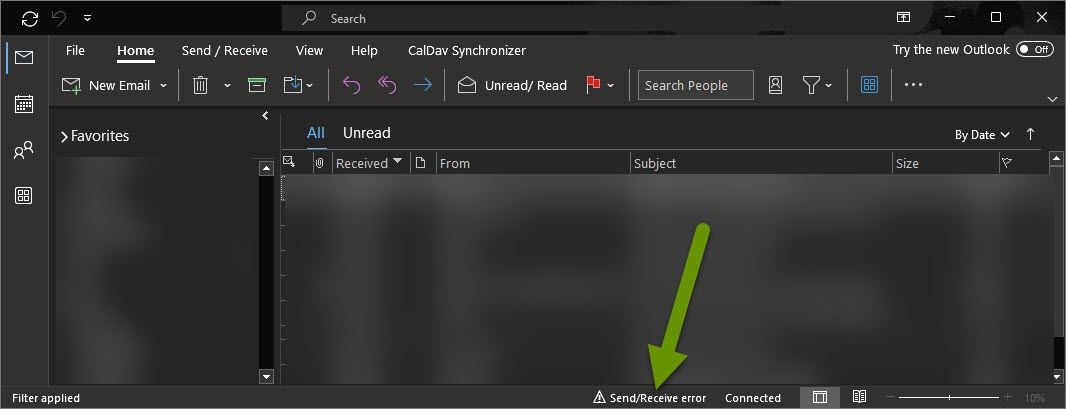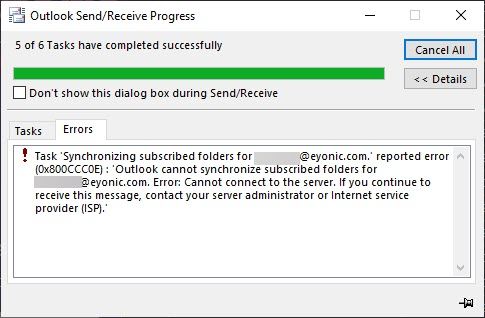Why Password Changes Break the Communication to Local Applications
Password changes are probably one of user's least favorite things. Not only do we have to choose a complex password that meets the requirements of that particular account and is not something we have used recently, but we also need to pick something unique, something we can remember or save to a password application, and then we have to deal with the ramifications of items possibly being disconnected because of the password change.
This post discusses why password changes can break communication with local applications so you are aware of what to expect with password changes.

Why Password Changes Break the Communication to Local Applications
Regularly changing passwords is a great step towards protecting the security of your accounts. Passwords are changed for lots of reasons and can include:
- Realizing a password was not very strong.
- Being forced to when logging into a website/application.
- Having a device or account get hacked.
- Regular password maintenance.
- The account was locked out due to inactivity.
- Account credentials were lost or forgotten.
Whatever the reason behind changing a password, there can be unintended results. When you change a password for those accounts you log into using a web browser, you simply use your new password. If the password is saved for that site within the browser or via a secure browser extension, then there is really nothing more to consider.
However, if you also access this account through apps and programs, you will likely need to update the password within that app. This commonly happens to people when they update email passwords and then try to access the same email account on their phone and are prompted to enter their password. A few examples of when you might notice this are when using Outlook on a desktop computer, using remote desktop or with a VPN connection.
Basically, anywhere you store a password within a local application, whether this is on a desktop or laptop computer or smart phone, you will need to update that password within the app as well. Upon setup, the app asks for your credentials which is then processed for security and stored within the app. Processing the password means modifying it so it is not stored in plain text and could not be retrieved by someone else later.
The locally stored password is static because it prompted you for credentials and you entered what they were at that time. The application does not have permission to sync your credentials, meaning it does not automatically update in the background if you change it elsewhere. This is why you are prompted to enter your password the next time you open the app after you have updated the password.


NOTE: If you are prompted to enter your password for an application where you have stored your password, and it has not been changed, be wary of this prompt.
In situations like this, you should use a web browser to go directly to where you can log in with your credentials and be sure they still work. If they don't, you will want to try and reset the credentials. If they do, close the application prompting you to log in and do not use it without running a scan of the device with the issue. It is always a good idea to change the password for an account when something like this happens, but be sure to do it on another device that is not acting unexpectedly.
It is always good to change passwords for accounts regularly, but it is also important to know what this will affect. When changing passwords, be sure you use a strong and unique password. Also, be sure you have the time to change the password in multiple locations, including apps and programs where it has been previously stored. Most importantly, be wary of apps prompting you to enter your credentials when you did not recently change them.
As always, knowing the ramifications of changes will help prevent frustration!

